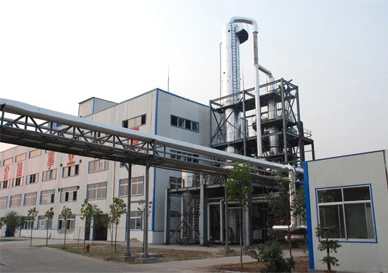









Hydroxypropyl Methylcellulose (HPMC), also known as hypromellose, is a semi-synthetic, inert, and water-soluble polymer widely used in the pharmaceutical industry. Due to its excellent biocompatibility, non-toxic nature, and versatile functional properties, HPMC plays a crucial role in the formulation of a wide range of drug delivery systems.
One of the primary uses of HPMC is as a binder and film-coating agent in solid oral dosage forms, such as tablets and capsules. As a binder, it helps hold the ingredients of a tablet together, improving mechanical strength and ensuring uniform content distribution. As a film-former, HPMC is used to coat tablets to protect active ingredients from moisture, oxygen, and light, enhance appearance, mask taste, and facilitate controlled release of the drug.
HPMC is also a key component in controlled-release and sustained-release formulations. Its ability to form a gel-like barrier upon hydration allows for the gradual diffusion of active ingredients, maintaining therapeutic drug levels over extended periods. This controlled drug release improves patient compliance by reducing the frequency of dosing and minimizing side effects.
In capsule production, HPMC serves as a vegetarian alternative to gelatin. HPMC capsules are widely accepted in dietary supplements and pharmaceuticals, particularly in products targeting vegetarian, vegan, and religious consumer groups. These capsules are stable, resistant to moisture, and suitable for hygroscopic or moisture-sensitive drugs.
In addition, HPMC is used in ophthalmic preparations, such as artificial tears and eye drops. Its viscoelastic and lubricating properties help relieve dry eye symptoms, prolong drug contact time on the ocular surface, and improve patient comfort without causing irritation.
As a suspending and thickening agent, HPMC is employed in oral and topical liquid formulations. It ensures homogeneity by preventing sedimentation of active ingredients and improves the viscosity of solutions, making them easier to administer and enhancing stability.
HPMC is also valued for its safety profile and regulatory approval. It is listed in major pharmacopoeias (USP, EP, JP) and recognized as Generally Recognized As Safe (GRAS) by the FDA. Its use in pharmaceutical applications is well-documented, and it is compatible with a wide range of active pharmaceutical ingredients (APIs) and excipients.
In summary, HPMC is an indispensable excipient in modern pharmaceutical technology. Its multifunctional properties—ranging from film forming and binding to controlled release and moisture protection—support the development of high-quality, stable, and effective drug formulations. As the demand for patient-friendly, vegetarian, and efficient drug delivery systems continues to grow, HPMC remains at the forefront of pharmaceutical innovation.